Renault has finally revealed all the technical details of its next Renault 5 Turbo 3E. A (much) more energetic and even more technological version of the Renault 5 E-Tech electric that we were able to discover at the brand's factory in Flins.
Riding on the success of the Renault 5 E-Tech electric, Renault wanted to revive the Renault 5 Turbo and the Turbo 2, two legendary models from the 80s. First with the R5 Turbo 3E concept car presented in 2022, and today with the Renault 5 Turbo 3E in its finalized version, even more extreme for once. Unsurprisingly, this future model with its exuberant lines will indeed be 100% electric. Because yes, make no mistake, this Turbo name is nothing more than marketing, just as is the case with Porsche with its Taycan Turbo and Macan Turbo.
Thus, the French manufacturer has finally revealed all the characteristics of this spectacular model which aims to be “a rally, drift and circuit beast adapted for the road”. To do this, the French manufacturer worked in concert with Alpine, which already offers a hormone-powered version of the electric Renault 5 with its Alpine A290. A model that's already quite sporty with its aerodynamic appendages, its racing-inspired steering wheel, and its peak 220 hp.
A design that sets the tone
Impressive in photos, the Renault 5 Turbo 3E is even more so in reality. And if you prefer to go unnoticed on the street, you'll definitely miss out behind the wheel of what Renault readily calls a mini supercar. The design of the Renault 5 Turbo 3E is of course directly inspired by that of the famous original Renault 5 Turbo and Turbo 2, not without taking some elements from the Renault 5 E-Tech electric such as the rear lights and the exterior mirrors for example.
The front of the Renault 5 Turbo 3E retains the same presentation hierarchy as its famous ancestors, whether it is the 100% LED square headlights melted into the edges of the hood, the strip with three central sections, without forgetting the additional square lights which act as LED daytime running lights. The teams of Gilles Vidal, Renault's design director, spared no expense when designing the various aerodynamic elements of the Renault 5 Turbo 3E. Just take a look at the aerodynamic blade that surrounds the prominent bumper at the front, or the enlarged air outlet located on the hood. Elements that the engineers announce “optimize support to obtain a perfect balance between the front and the rear.”
To maximize the efficiency of airflow, the side intakes protrude generously both at the front and rear wheels of the Renault 5 Turbo 3E. While they emphasize the design, the rear side intakes located in the upper position are intended to direct airflow towards the lights, while those in the lower position allow the brakes to be cooled. Note that the one located on the left side also conceals the battery charging hatch. Finally, an aerodynamic blade runs along the body between the two rear lights of the Renault 5 Turbo 3E, which top a bumper housing a diffuser. Visually imposing, the whole thing nevertheless helps to maximize the car's aerodynamic efficiency.
On the other hand, while the family resemblance to the electric city car is clear, the Renault 5 Turbo 3E nevertheless adopts a unique, specific platform. As a direct consequence, the windshield has been moved back and the wheelbase lengthened. As a result, the sports car boasts unparalleled dimensions at 4.08 m long and 2.03 m wide. According to Renault, while its length classifies it as a city car, its width is more like that of a supercar. Moreover, unlike the Renault 5 E-Tech electric, the Turbo 3E is a strictly two-seater. It therefore abandons the rear doors to make room for the roll bar and offer a more generous trunk.
On board, Renault promises a sporty and connected atmosphere. It's impossible to access it, however, as the model on display is only a 1:1 scale model. However, we should find elements of the Renault 5 E-Tech electric if we are to believe the visuals provided by the brand, including the two 10.1 and 10.25-inch OpenR screens, as well as the OpenR Link system with integrated Google. The similarities will end there, and the Renault 5 Turbo 3E will emphasize its sporty DNA with a lot of carbon elements (again and again to reduce the vehicle's weight), high-end materials like Alcantara, which covers the dashboard and seats. Seats that are also equipped with 6-point harnesses and accompanied by a vertical handbrake such as those used in rallying.
Supercar performance
We agree that the The Renault 5 Turbo 3E looks impressive, but Renault promises performance that matches its design to the hilt. Alpine's engineers, responsible for developing the A110 E-ternité, A290, and A390, therefore focused on the technical platform and opted for some unique technical solutions. Starting with a carbon structure, a material that combines strength and lightness.
This quest for weight reduction continues by integrating a motor on each wheel of the rear axle, which saves space in the process. These also have the advantage of delivering power even more instantly compared to a conventional electric motor, not without delivering a gargantuan torque of 4,800 Nm. For comparison, the Alpine A290 has to make do with 300 Nm. With a capacity of 70 kWh, the battery is integrated under the floor of the Renault 5 Turbo 3E to lower the center of gravity and promote agility. Incidentally, a dedicated “drift assist” function and the vertical handbrake mentioned above are part of the equipment.
Thus equipped, the Renault 5 Turbo 3E weighs approximately 1450 kilos. Compared to its 540 hp (2 x 200 kW) engine, the car boasts a power-to-weight ratio of 2.7 kg/hp, similar to that of a supercar. This proves that these were not empty words from the French engineers. Moreover, the figures speak for themselves, with a top speed of 270 km/h and 0 to 100 km/h in less than 3.5 seconds. More powerful than the Renault 5 E-Tech electric, the Alpine A290 almost gives the impression of dragging itself along with 6.4 seconds for the same exercise.
The Renault 5 Turbo 3E's approval is still pending, but the manufacturer is already announcing a WLTP road range of over 400 km. That's 20 km more than the Alpine A290. Better still, it will be the very first Renault model to benefit from the 800-volt platform with a charging power of 350 kW at a direct current fast charging station. Therefore, 15 minutes will be enough to go from 15 to 80% capacity. However, if there's one area where the Renault 5 Turbo 3E falls into line, it's when it comes to charging at an alternating current charging station. With its 11 kW onboard charger, it will take around 8 hours for a full charge. Despite the experience gained with the Zoé, Renault seems to have definitively drawn a line under the 22 kW charger.
Renault 5 Turbo 3E, from concept to reality
One might have thought that the Renault 5 Turbo 3E would join the long list of concepts that make car enthusiasts fantasize, but good news, this will not be the case. Renault has confirmed that its mini supercar will indeed be marketed. Not without adopting a financing method that is quite atypical for the automotive world but well-known in the tech world.
Indeed, dealers who reserve the car will participate in its financing, following a model inspired by “crowd funding”. 1,980 units, in homage to the year the Renault 5 Turbo was launched, will be produced. All numbered, they will be offered in several key markets such as Europe, the Middle East, Japan, and Australia. Finally, customers will be able to choose their license plate number as an option when ordering, and pre-orders will open in the coming weeks. The lucky owners should be delivered during 2027. The only unknown is the price of this French mini electric supercar.
The Renault 5 Turbo 3E in figures
Dimensions and weight
- Length: 4.08 m
- Width: 2.03 m
- Height: 1.38 m
- Wheelbase: 2.57 m
- Ground clearance: 118 mm
- Weight: 1450 kilos
Platform
- Custom-made electric platform
- 800-volt architecture
Motorization and battery
- Electric motors in the rear wheels 2 x 200 kW (540 hp/ 4 800 Nm)
- 70 kWh lithium-ion battery
- WLTP range: approximately 400 km
Charging
- AC 11 kW bidirectional (AC charging time 0-100%: 8 hours)
- DC 350 kW (DC charging time 15-80%: 15 minutes)
Performance
- 0 to 100 km/h: < 3.5 seconds
- Top speed: 270 km/h (on track)

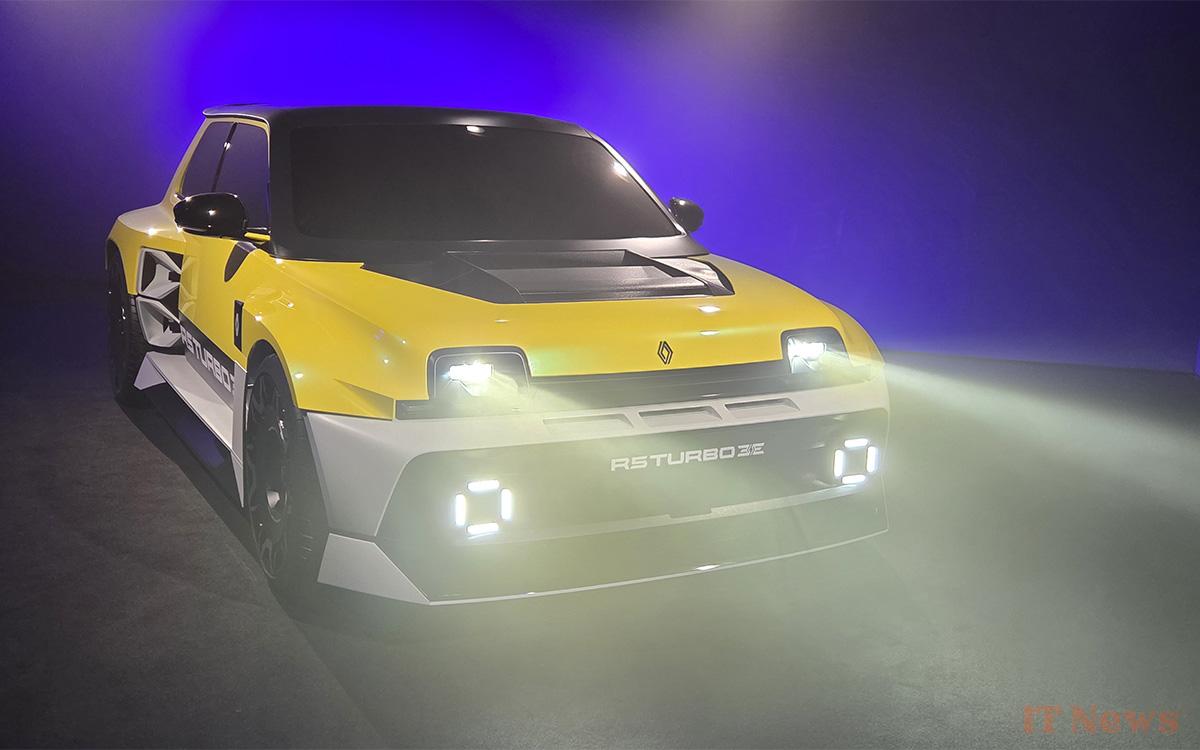

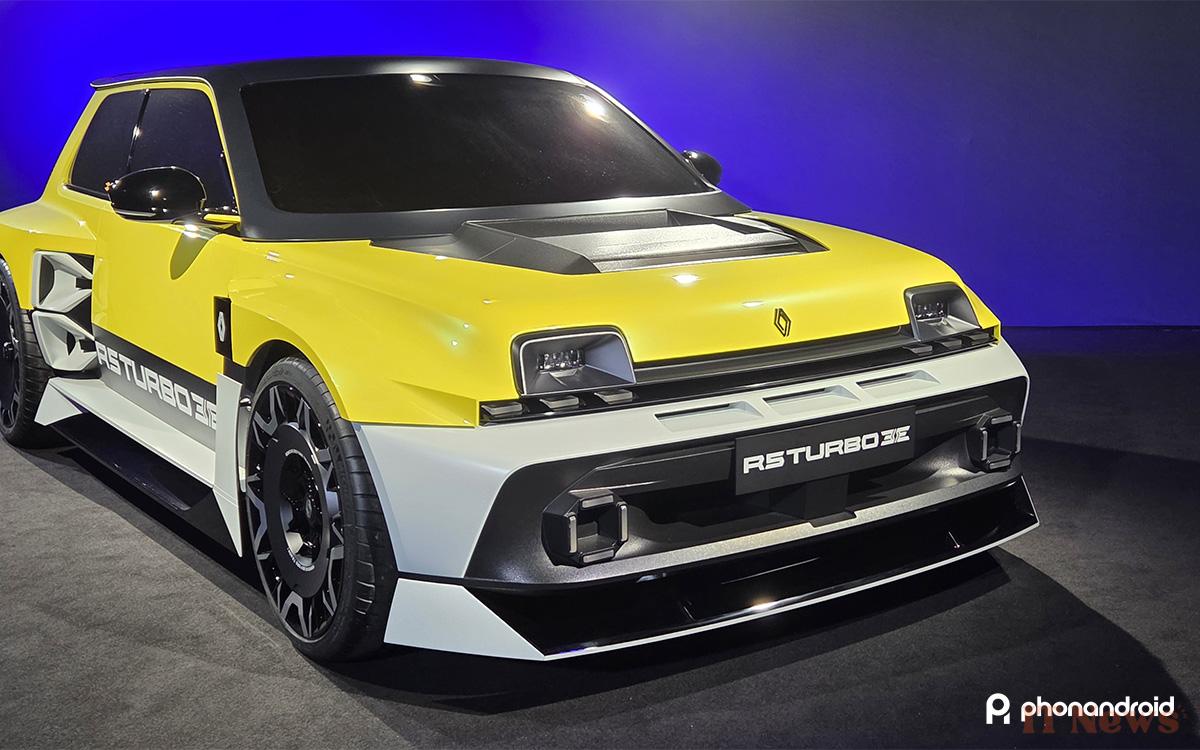
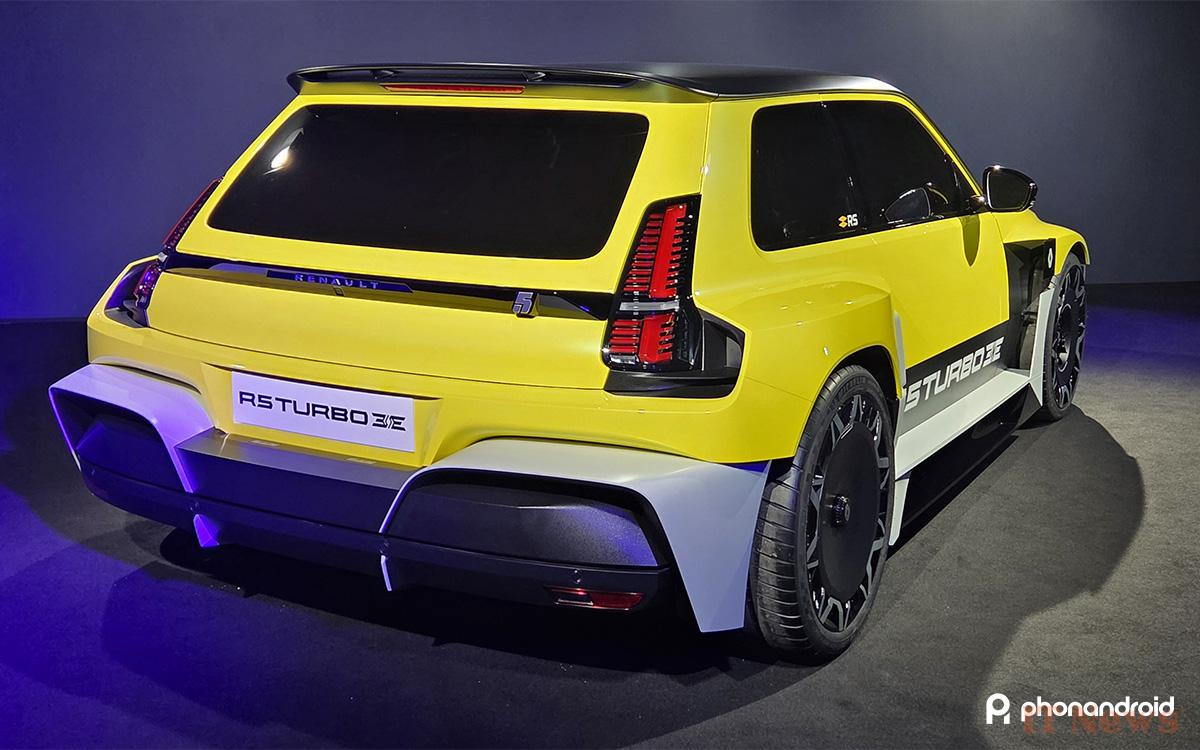
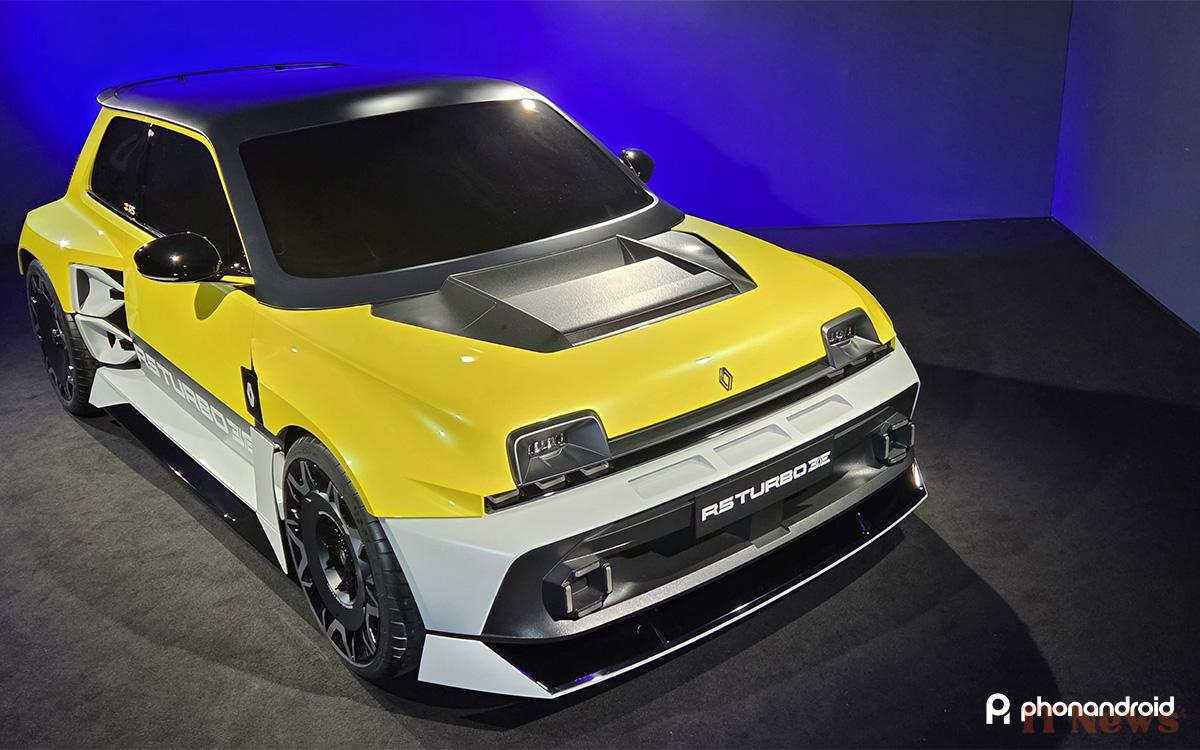
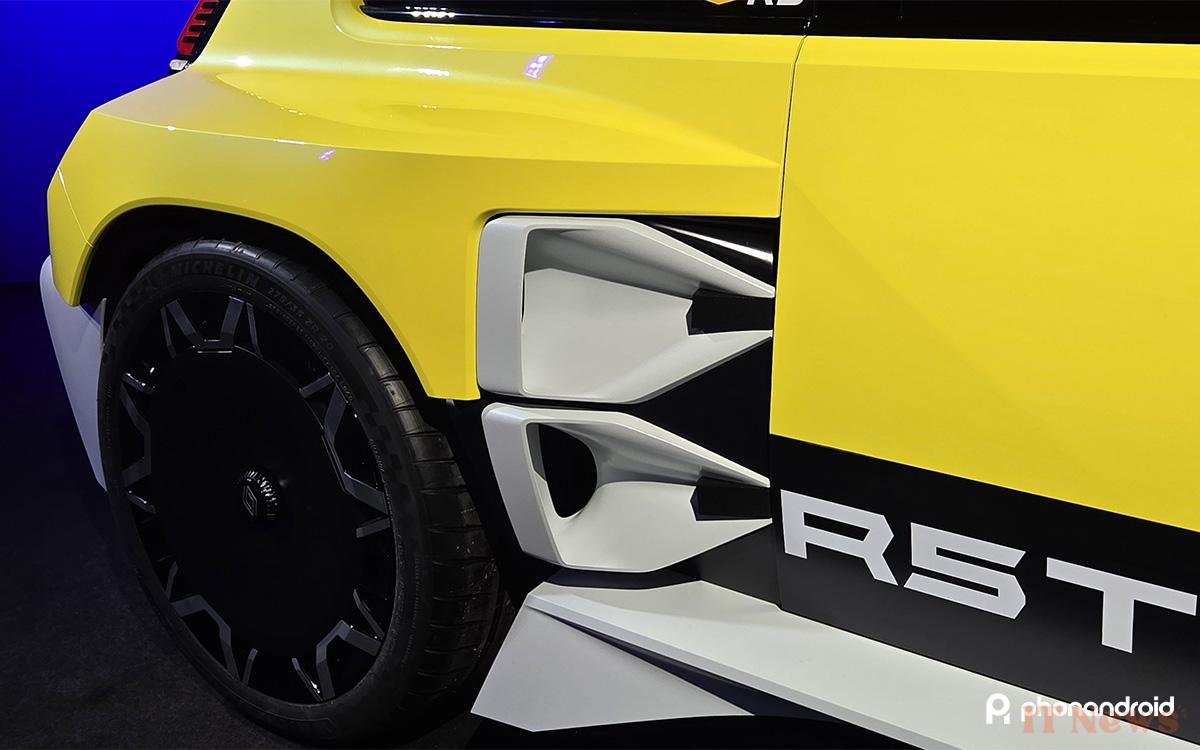

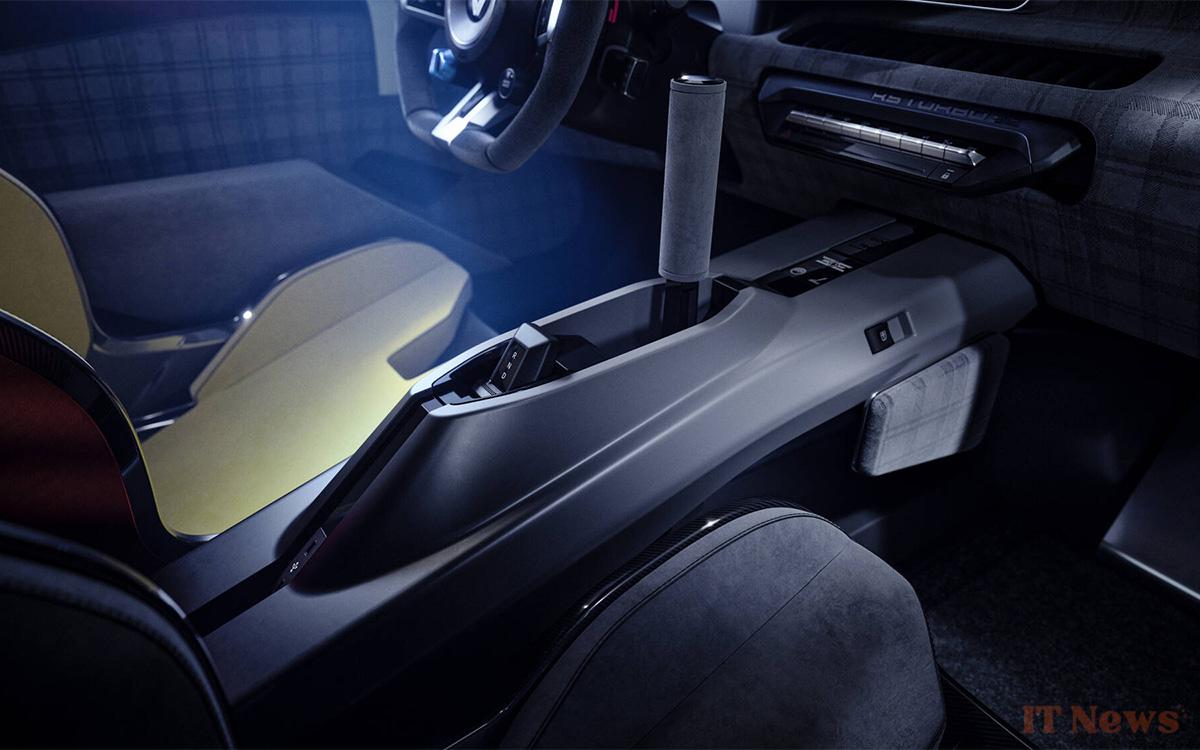
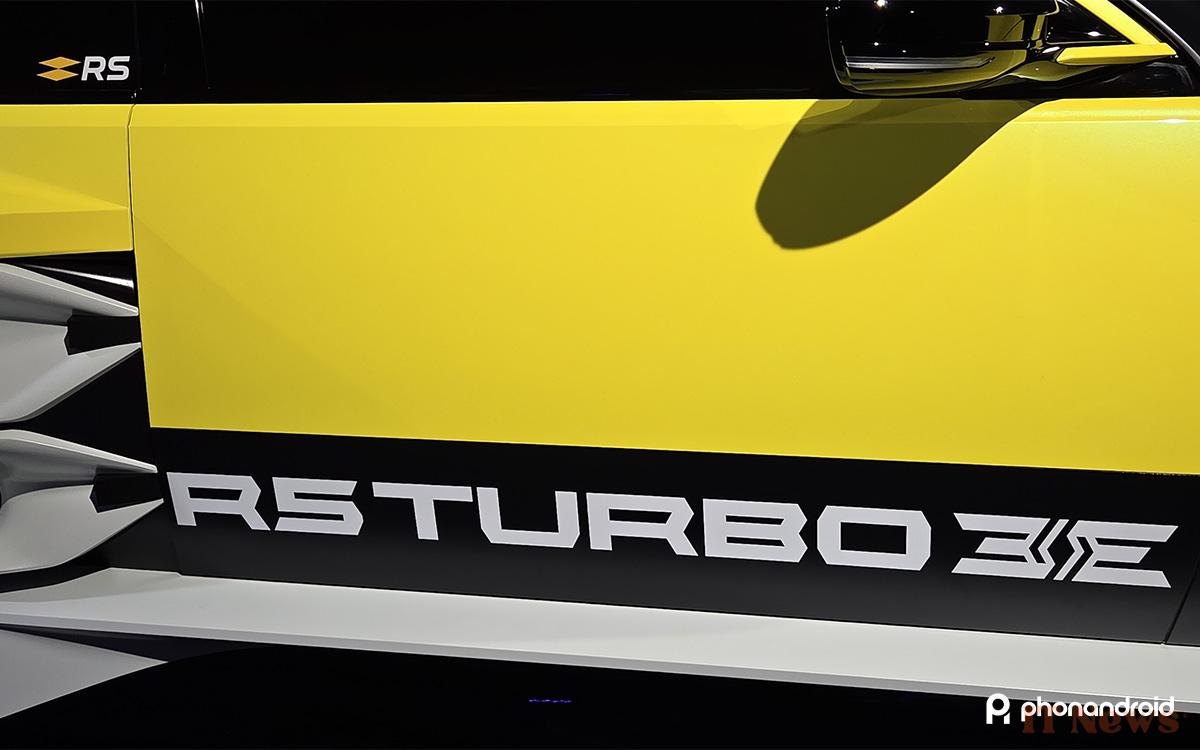
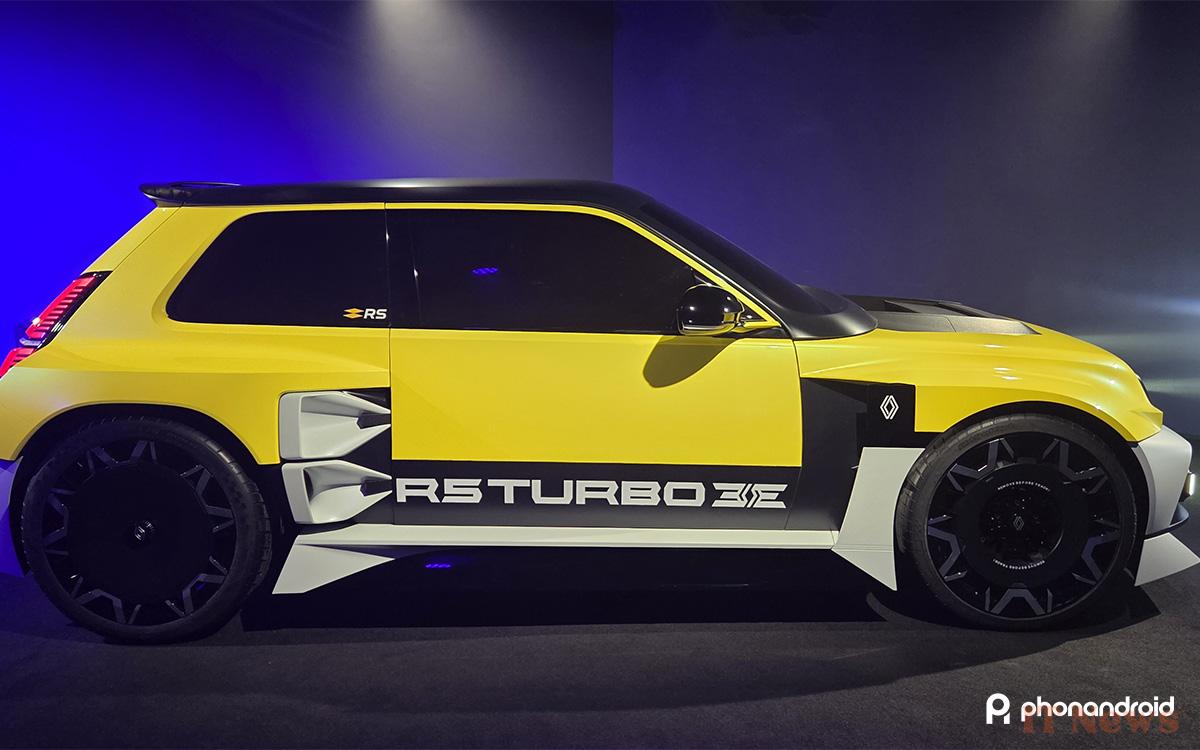
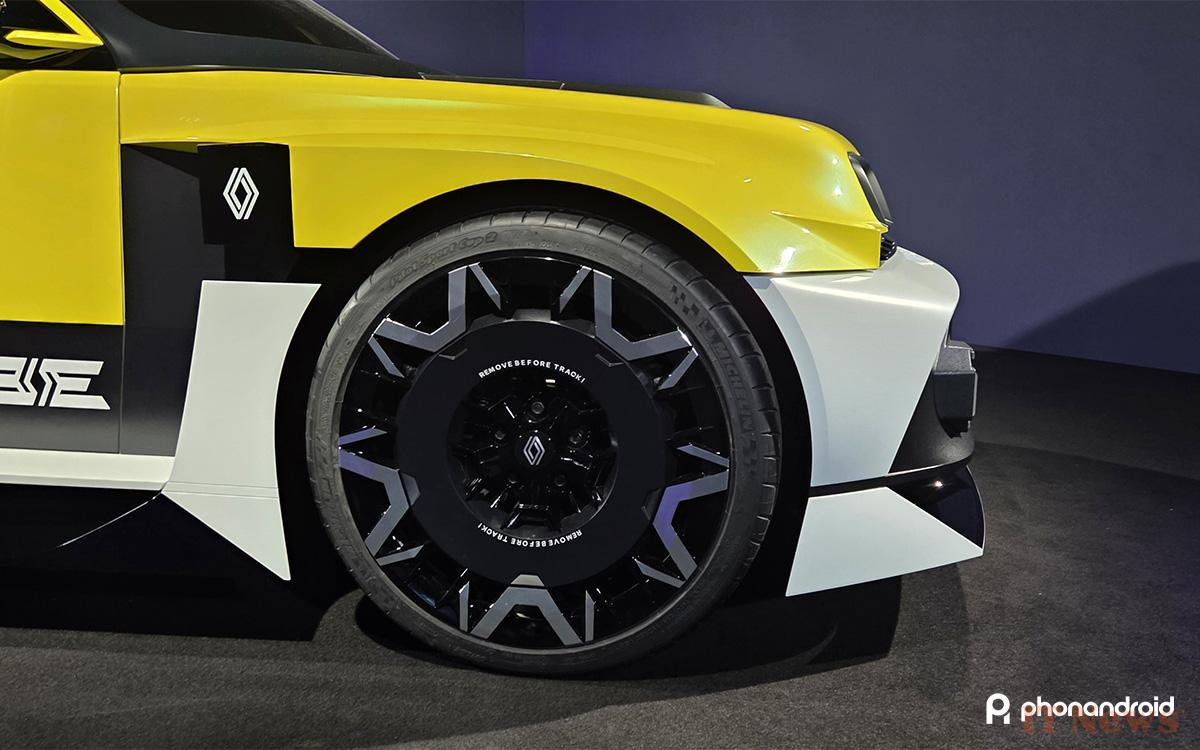
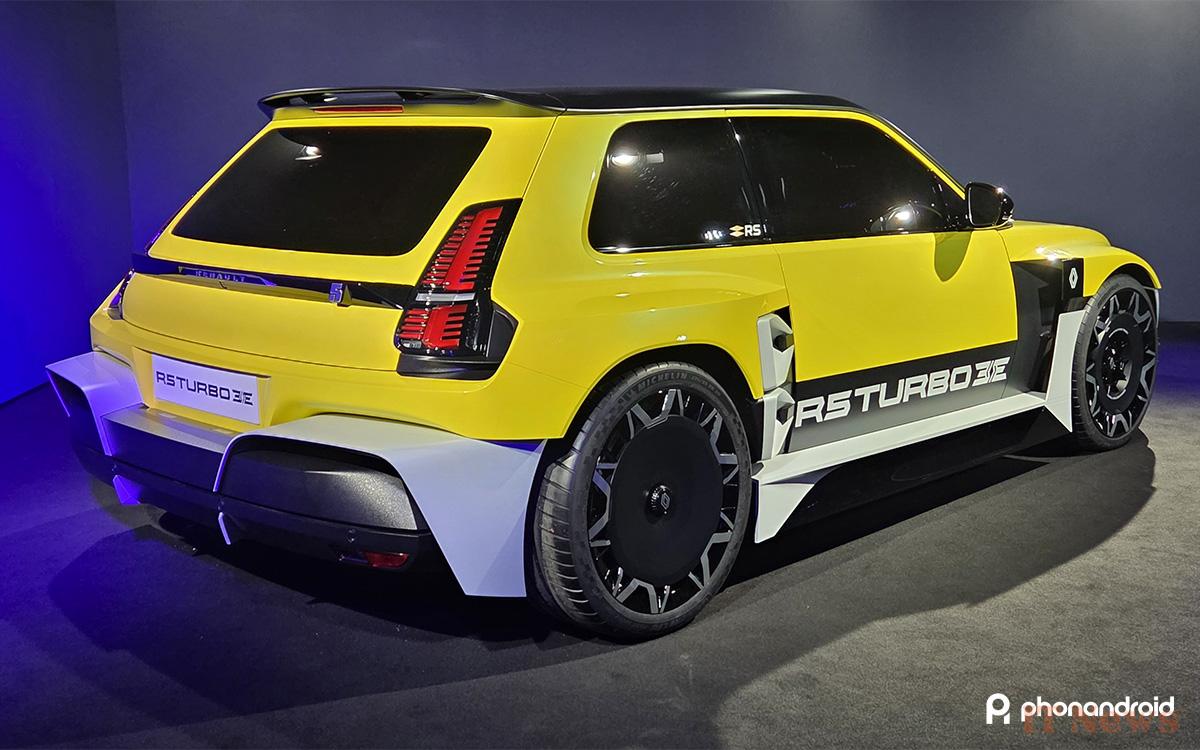


0 Comments